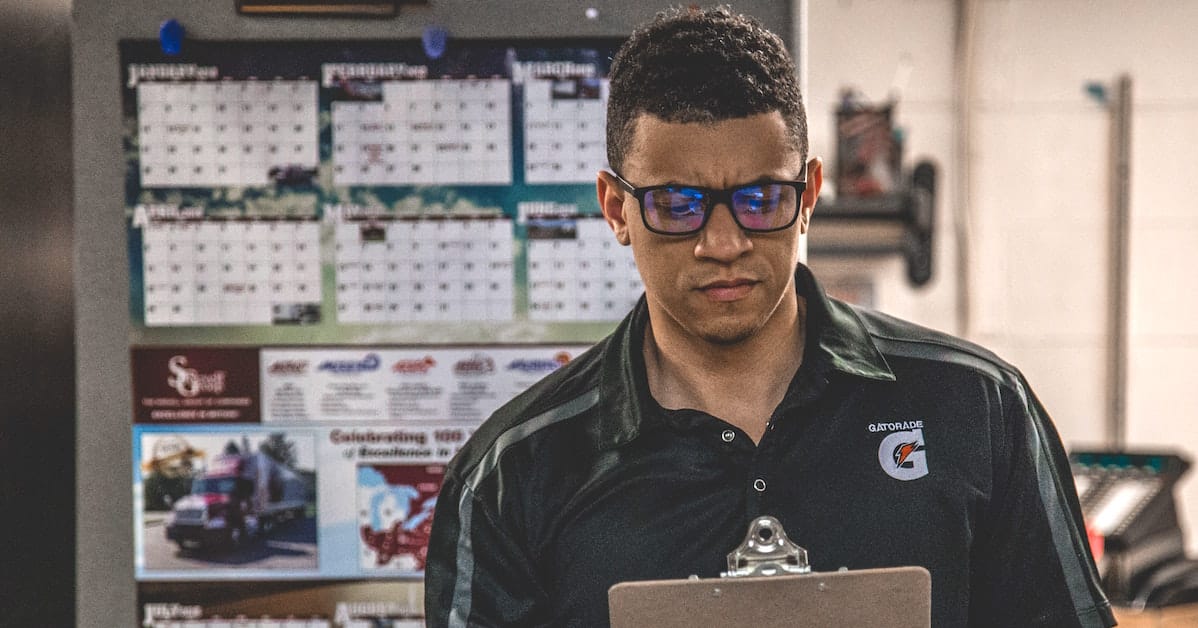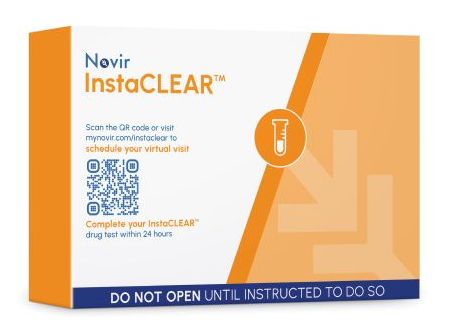What is a DER? What are a DER’s responsibilities?
(TL;DR – DER Training Course)
The term DER comes from the government. The US Department of Transportation (49 CFR Part 40) defines Designated Employer Representative as follows:
A Designated Employer Representative (DER) plays a crucial role in workplace drug testing. The employer authorizes the DER to take immediate action and remove employees from safety-sensitive duties when necessary. The DER also makes critical decisions in the testing and evaluation process. Additionally, the DER receives test results and other important communications on behalf of the employer. However, service agents cannot perform DER duties, ensuring a clear distinction in responsibilities.
The DER’s Job Description
The focus here in on DOT-regulated employers, but 97.2% of it (plus or minus) applies to all employers who drug test.
If you are a DER, your job is to:
- Serve as the key point of contact (for employees, MRO and C/TPA) for the employer’s drug and alcohol testing program.
- Ensure written substance policy is provided to all employees (with signed acknowledgement).
- Prevent any employee from performing safety-sensitive work until they pass a drug test with a negative result. Coordinate closely with HR when necessary.
- Receive all drug and alcohol test results while maintaining strict confidentiality. This role is crucial, which is why you are the “Designated” representative.
- Notify all relevant parties, including managers and the donor, when a test result comes back positive. This also applies to donors who fail a pre-employment drug test and do not receive a job offer.
- Take immediate action to remove any employee with a positive test result or other violations from safety-sensitive duties.
- Provide every donor with a violation a list of Substance Abuse Professional (SAP) referrals, as required by DOT regulations or company policy. This includes donors who fail a pre-employment drug test and are not hired. The RTD process is mandatory.
These are the minimums – required by Part 40.
DERs are also often involved in the following:
- Assist with policy development.
- Assist with job descriptions for safety-sensitive positions across the organization.
- Develop discipline policies (consequences) for policy violators.
- Ensure all random testing lists are updated prior to random selections.
- Ensure that randomly selected employees report immediately for a test. This is the “go now” requirement in the DOT regulations.
- Ensure all random testing requirements are met (or exceeded).
- Distribute educational and awareness material to employees (DOT requirement).
- Ensure all supervisors complete required Supervisor Training (Reasonable Suspicion).
- Ensure applicable drug and alcohol test records have been requested from previous employers for all new hires covered by DOT regulations (Section 40.25)
- Conduct Pre-Employment Clearinghouse Queries for each new FMCSA employee.
- Perform Annual Limited Queries for all existing FMCSA employees.
- Obtain signed consent for the Annual Limited Query from every FMCSA employee. (Learn about out InOut Labs Clearinghouse support here.)
- Complete all requests for previous drug and alcohol checks within the required 30-day period (40.25 checks).
- Retrieve applicable SAP records from previous employers and manage follow-up testing as needed.
- Carry out reasonable suspicion and post-accident drug and alcohol tests following federal regulations or company policy.
- Oversee all return-to-duty and follow-up testing, ensuring strict adherence to direct observation procedures.
That’s a LOT, isn’t it? Would a web course make it easier? Sure it would.


